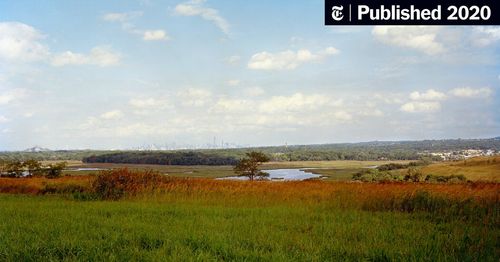
How the World’s Largest Garbage Dump Evolved Into a Green Oasis
link
summary
This article from The New York Times explores the transformation of Freshkills, once the world's largest landfill, into a public park. It delves into the history of the landfill, which was opened in 1947 and grew to be the main destination for New York City's garbage. The article highlights the massive scale of the landfill, covering 2,200 acres at its peak. It then discusses the decades-long process of turning the landfill into a park, including the engineering challenges involved in capping the landfill and the extensive environmental remediation efforts. The article also examines the vision behind the transformation, aiming to create a sustainable and accessible green space for New Yorkers. It concludes by discussing the significance of Freshkills as an example of urban renewal and the potential it holds for the city's future.